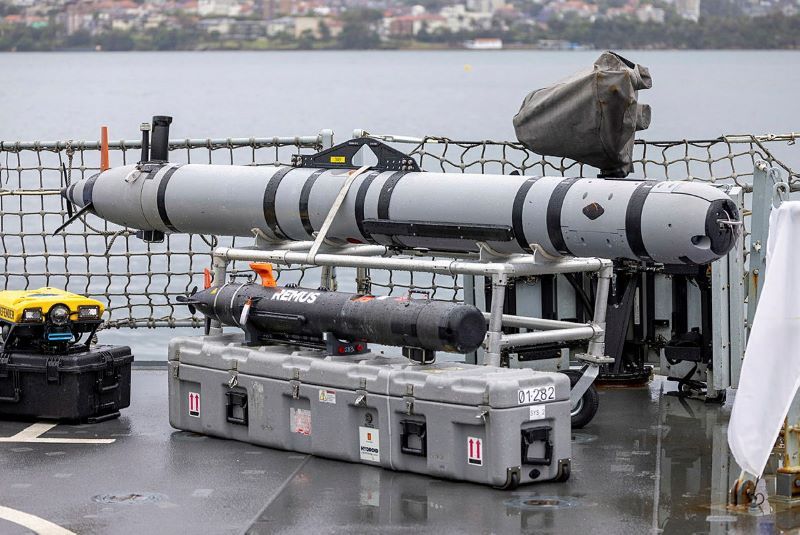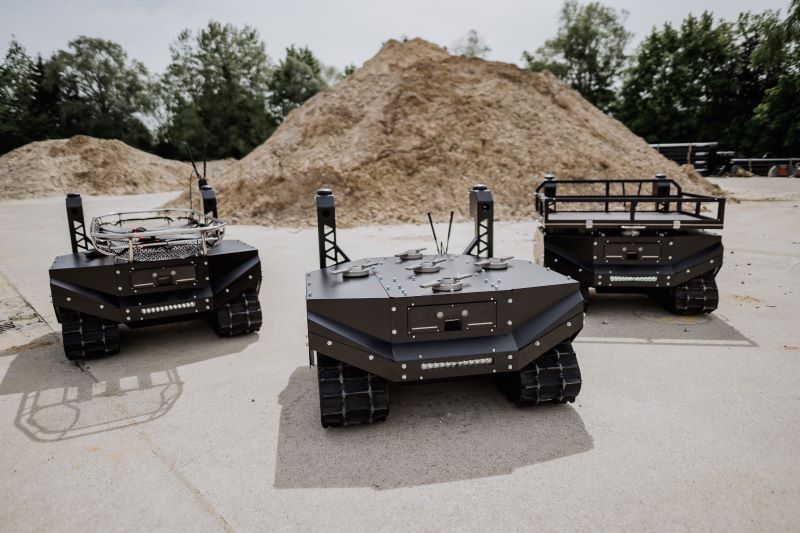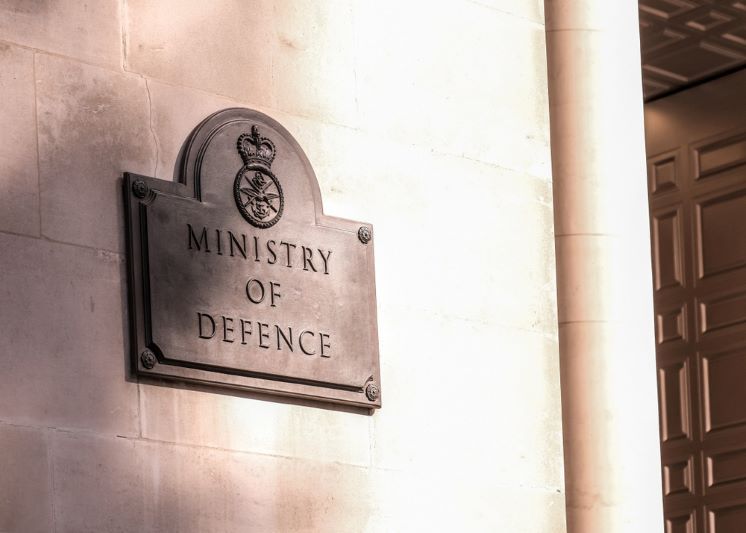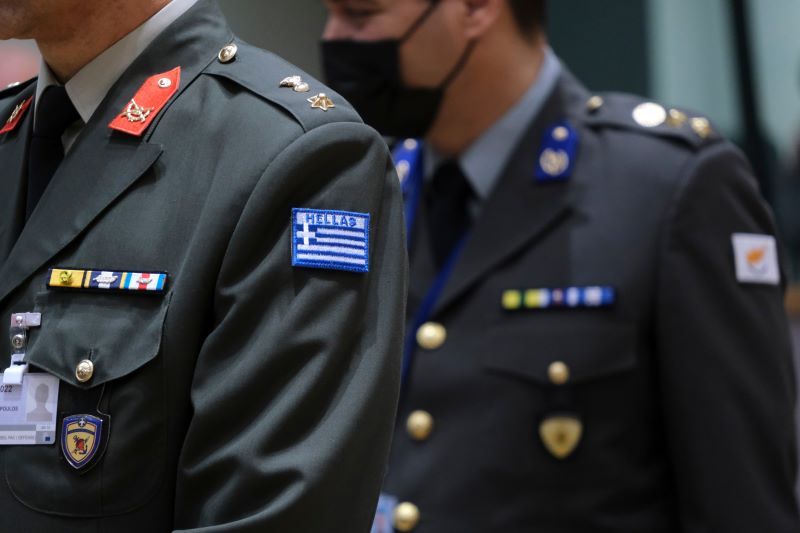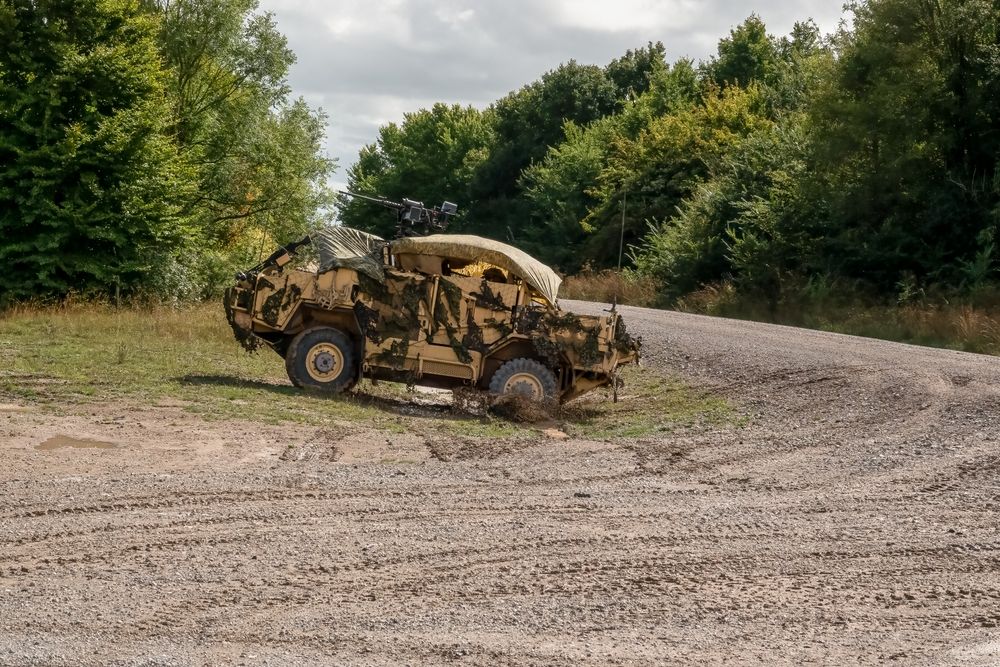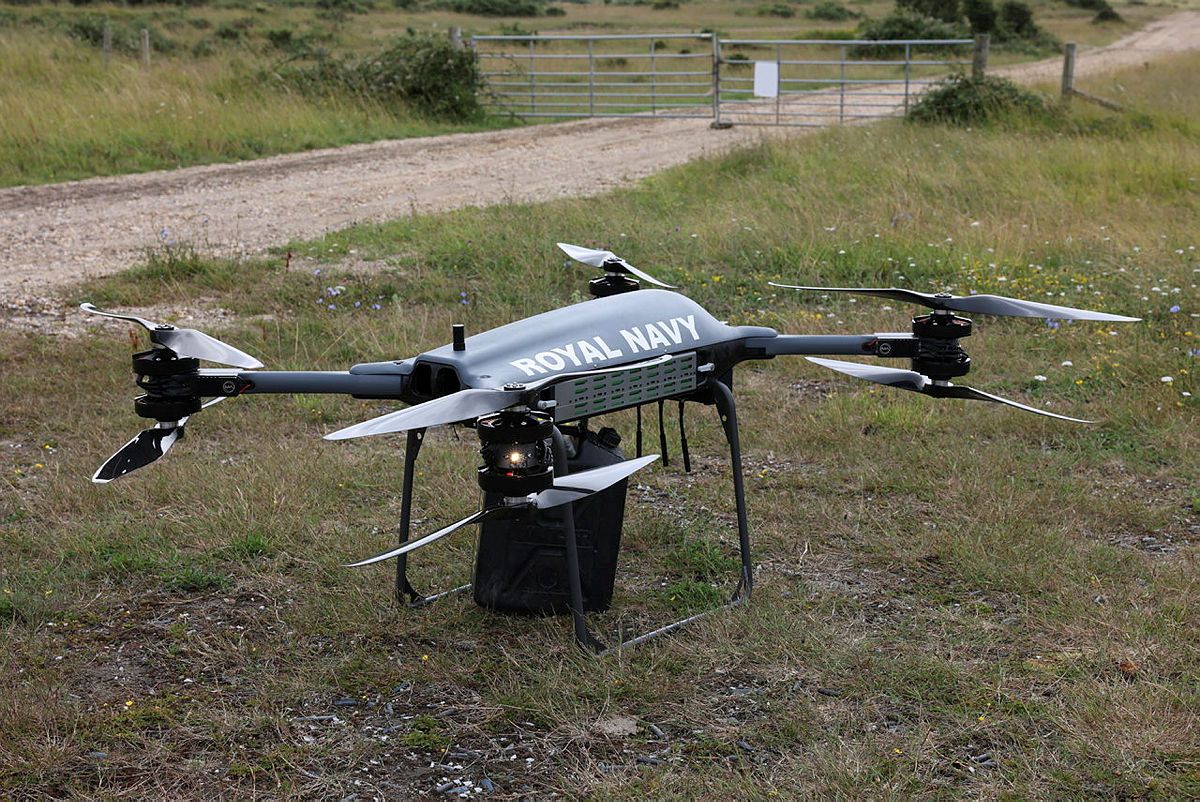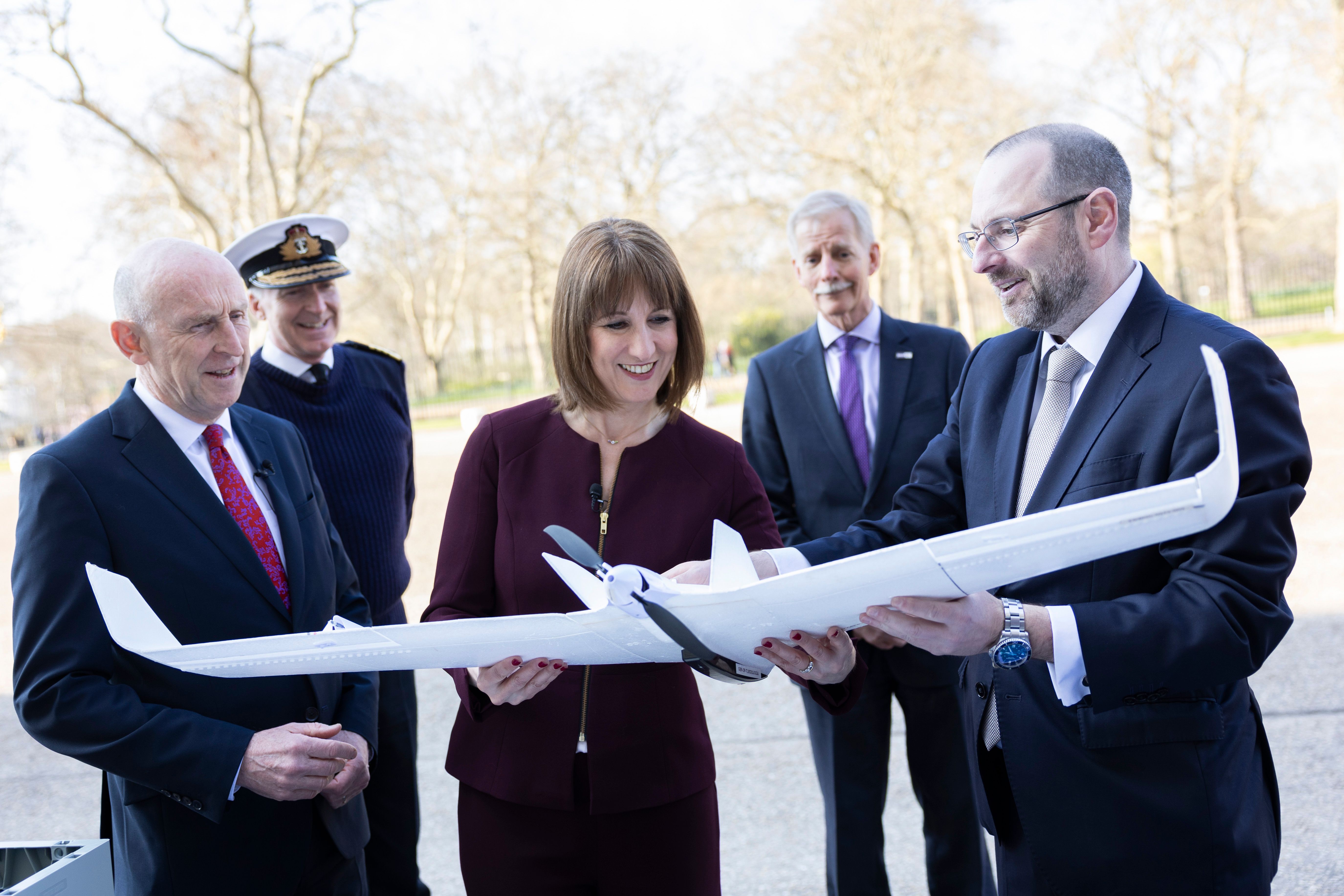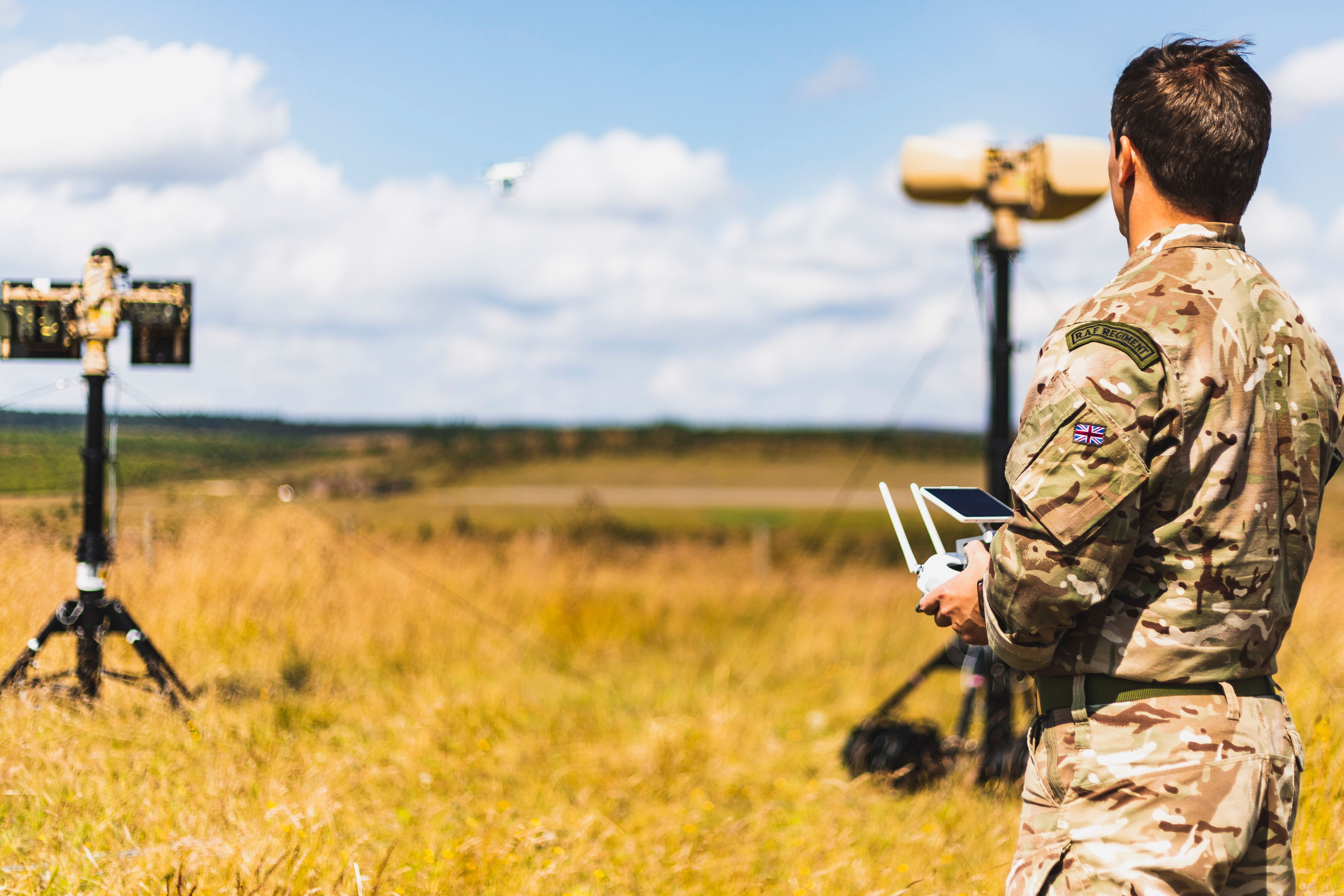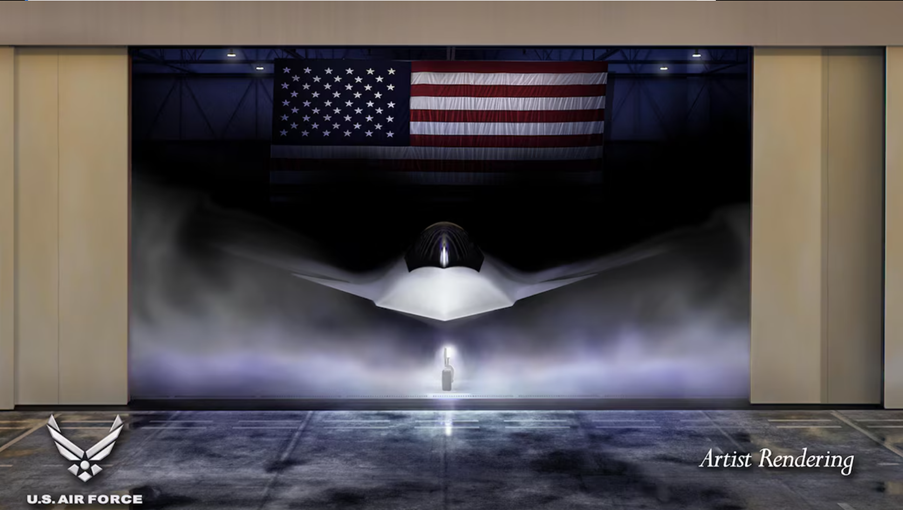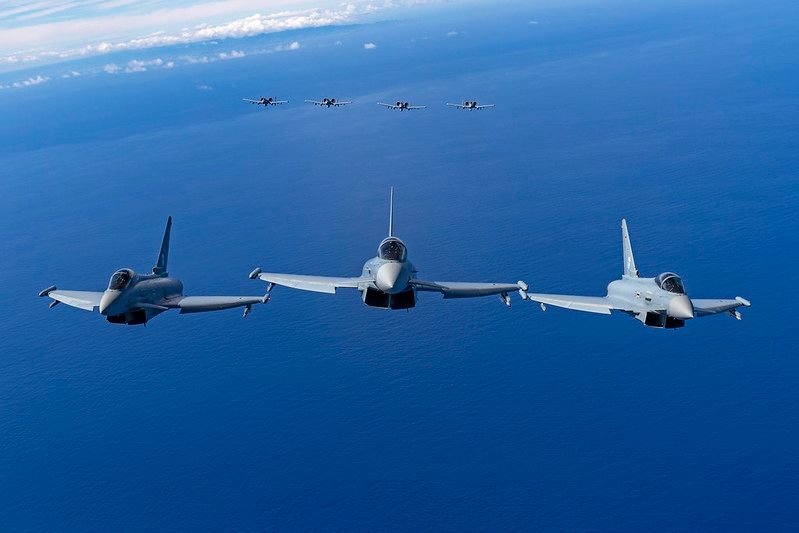We're sorry, but we couldn't find any results that match your search criteria. Please try again with different keywords or filters.
Loading
-
The MoD aims to accelerate the introduction of a new Medium Range Precision Strike capability.
-
The call is part of the Royal Navy’s efforts to field an autonomous mine hunting capability.
-
The move signals the company is betting on potential UK orders.
-
- News
- Future tech
UK seeks emerging tech solutions under multi-cycle competition
Applications are open for a range of emerging technology solutions which can be developed and scaled within a year. -
- News
- Budget
Greece unveils major EUR25bn defence plan
The plan is heralded as the “most drastic transformation” of the country’s armed forces by the prime minister. -
The competition will employ a new 'bake-off' style approach to procurement.
-
Expect multiple, large-scale programmes for uncrewed systems from the UK MoD this year.
-
- News
- Budget
Estonia publishes new defence procurement plan
Armaments takes up the largest share of funding. -
- News
- Security
UK allocates GBP2.2bn to defence
Reeves ring-fences GBP400m for novel technologies within the MoD’s equipment budget. -
The MoD is betting on advanced manufacturing to resolve obsolescence problems
-
- News
- Budget
Sweden to raise defence spending to 3.5% of GDP
The rise preempts the anticipated NATO spending target increase in June. -
- News
- Land
UK and US launch joint C-UAS project
This project presents a valuable opportunity for smaller companies to engage directly with end-users. -
The new sixth generation fighter jet will replace the US' F-22 Raptor fleet.
-
- News
- Budget
EU launches roadmap for rearming Europe
The new roadmap prioritises buying European equipment and building a more cohesive industry. -
Undersea communications and autonomy have emerged as the triad’s key priorities for 2025.
56 Results




